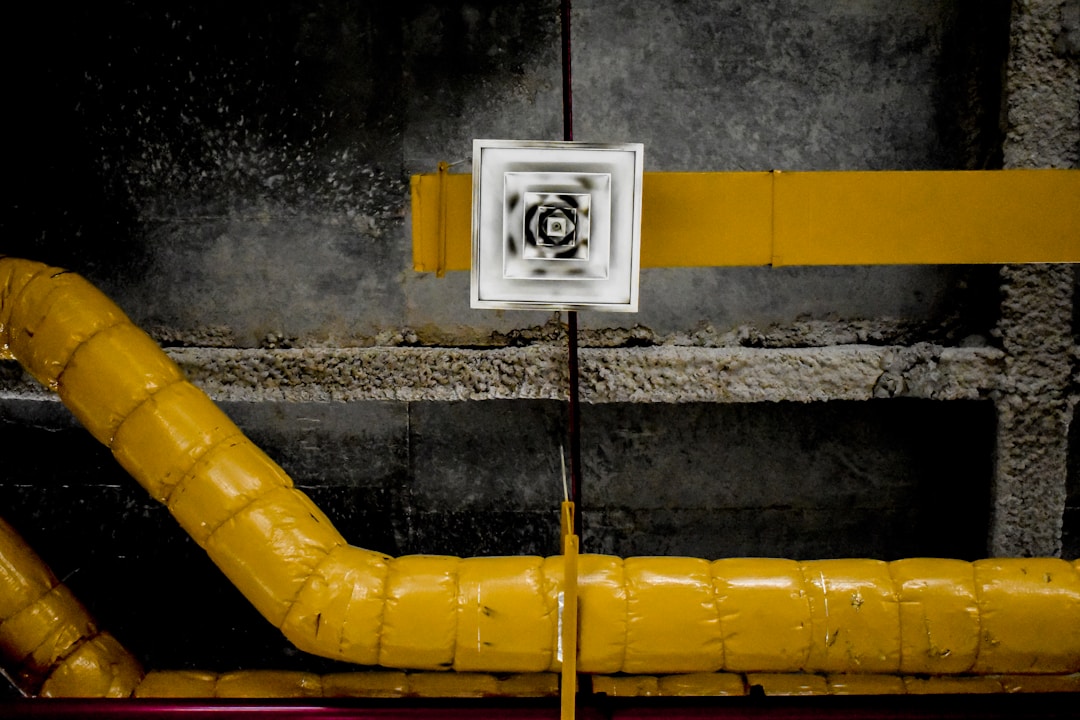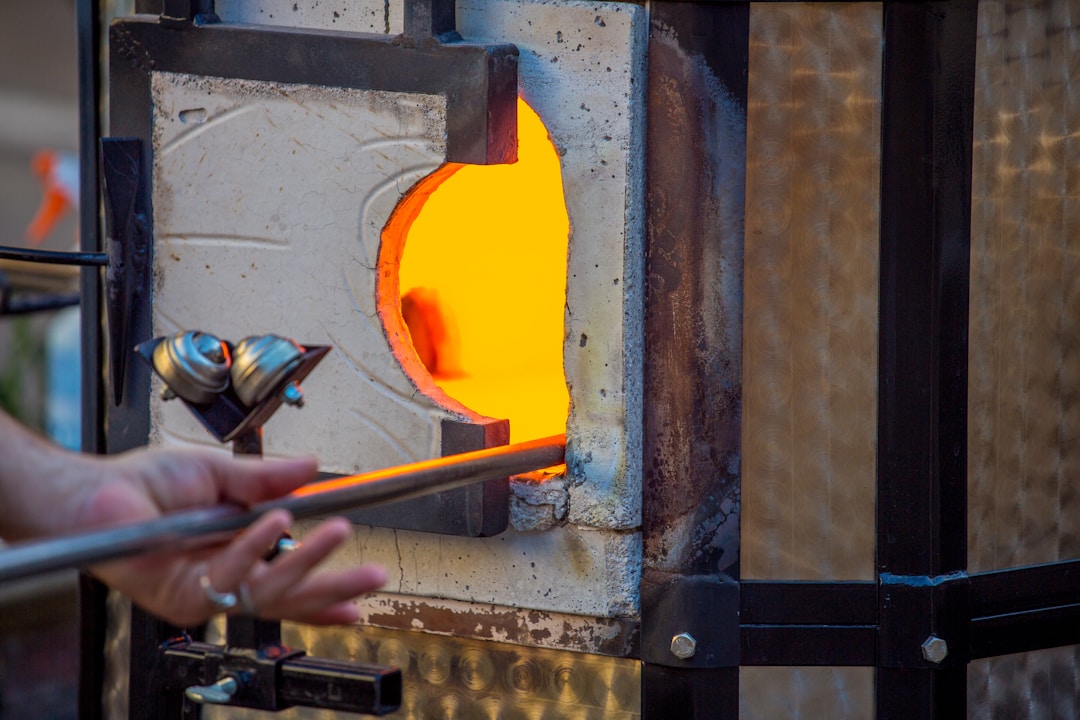Winter is usually that time of year when the climate is temperate and polar zones become bitterly cold. As the temperature drops outside, the only thing on people’s minds is finding ways to stay warm. Switching on your central heating system seems like your best bet. However, this is a somewhat expensive solution that’ll significantly increase your heating bill. So what are the best alternatives? How can you properly insulate your home at a loss? Continue reading for the five best alternatives.
1. Install an HVAC system.

Installing an efficient HVAC system will ensure your home is warm and comfortable regardless of the temperature outside. If you ask a professional, they’ll likely tell you it’s better than getting a rug or carpet. After the installation, develop an HVAC maintenance plan to ensure the system stays in top condition. Besides, HVAC systems that undergo routine inspections and maintenance are safer and more efficient.
What’s more, they’ll enhance your system’s overall performance, which invariably saves on your heating costs. It’s also worth noting that there are DIY methods of servicing HVAC systems. Better still, you could engage the services of a professional technician. Whatever you do, ensure you change the air filters periodically.
2. Consider using a smart thermostat.
Technology can help keep our homes warm in many ways. You can install a smart thermostat for better temperature control. Intelligent thermostats are lifesavers in colder climates. So, when hunting for the best thermostat, choose a programmable one that allows you to set your preferred room temperature.
With such a smart thermostat, you can regulate the operations of your HVAC system remotely. Let’s say you aren’t at home; you can set the thermostat to commence operation before you get back. Just so you know, a smart thermostat can also help you reduce your energy costs. However, you have to be careful to keep it in the right settings to prevent a spike in your bills.
3. Keep your furnace and ducts in top condition.

Before the start of the winter months, ensure your furnace or fireplace is in excellent condition. You wouldn’t want it to fail when the cold season starts. As long as it runs efficiently, your home will stay warm. Due to the furnace system’s complexities, it’s always best to outsource the maintenance and repair works to a skilled technician.
The technician will probably advise you to open the vent periodically to reduce the build-up of heat and pressure. You might also have to replace the air filters regularly to allow the free flow of hot air through the ducts. A clean air filter invariably means your furnace won’t have to overwork itself, which will enhance the efficiency of your system.
4. Don’t place items in front of the radiator.
Items placed in front of a radiator might prevent the flow of heat around the home. Moving your sofa away from the heat source will allow the hot air to rise and circulate freely. Moreover, it protects the item against any damage. Although radiators don’t require much maintenance, you should have the appliance inspected at the end of each winter season.
5. Insulate your loft.

A significant portion of the heat produced in your home is lost through the roof and the walls. If you can afford it, try to insulate your entire home to prevent heat loss. First, you might have to check with your energy supplier to review your options. Some energy suppliers run affordable or free installations.
All in all, the above-listed tips are the most viable ways to keep your home warm during winter. Also, remember to close your curtains at night. This can provide an added layer of insulation for your home. Furthermore, block any leak, crack, or gap to keep cold air out during the winter season.

